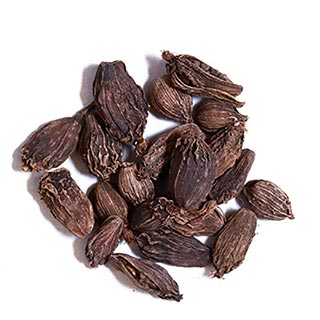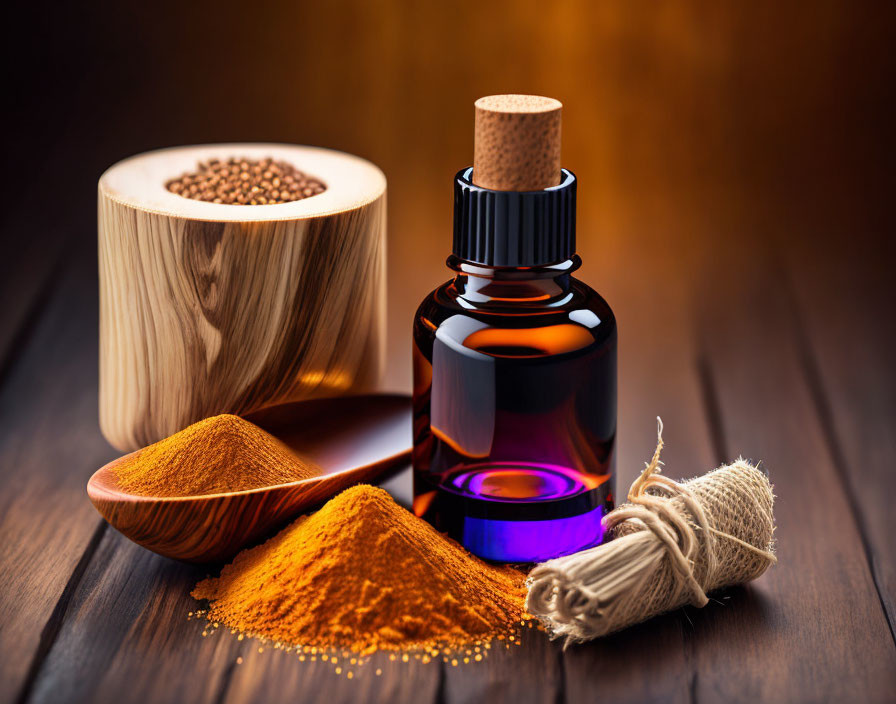Major Export Products
- Home Major Export Product

Cardamom
Nepali large cardamom (Amomum Subulatum Roxburgh.) – also known as ‘black gold’ or ‘black cardamom’ and locally called alainchi – belongs to the botanical family called Zengiberaceae. Large cardamoms are spindle-shaped pods that are light to dark brown in color. The pods normally vary from 20 mm to 35 mm in size and contain several black seeds inside with a spicy aroma. It is an evergreen, perennial and herbaceous plant grown on north-facing hill slopes. The plant is sensitive to climate and requires temperatures of 15–25 degrees Celsius. It also needs humid conditions and shade and grows between 800 and 2,100 meters.1 Plants survive for 20 to 25 years. They start fruiting from their third year and mature at 8–10 years, with a full fruitbearing period of 17 to 22 years. This type of large cardamom is grown mainly in the Himalayan region of Nepal, Sikkim in India, and Bhutan.
For centuries, cuisines in families South Asia have used large cardamom for its smoky flavor in their traditional dishes as a symbol of wealth. Compared with the green variety, large cardamom has a very distinct roasted smell and taste, and brownish color, which originates from an ancient drying method. Nepali black cardamom has a distinct flavor profile due to a specific method of postharvest drying in Bhatti ovens, which explains the roasted smell and taste. The smoky flavor would overwhelm a sweet cake or pudding but in a spice rub for roasted meat or in a full-flavored stew it imparts a smoldering depth no other spice can.
Cardamoms produced in Nepal are entirely organic and provide income to mostly low-income families in rural Nepal.
Production
Large cardamom is the second-largest export commodity and the largest agro-based export of Nepal. Between April 2015 and March 2016, Nepal exported USD 46 million worth of large cardamom putting it only behind handmade carpets as the largest export of Nepal. According to the Ministry of Agriculture Development, in fiscal year 2014/15, the total trade volume of large cardamom was 4,470 tons valued at NPR 7,179 million. Large cardamom is grown predominantly in Eastern Nepal where four districts Taplejung, Panchthar, Ilam, and Sankhuwasabha account for more than 80% of national production. It is believed that around 60,000 – 70,000 families are involved in cardamom production. In 2014/15 the highest production (27% of total output) was recorded in Taplejung district, followed by Sankhuwasava (21%), Panchathar (12%), Ilam (10%) and Khotang (8 %), with the remaining 22% from other districts. It is estimated that around 66-70000 households are involved in the production of large cardamom all over Nepal.
India is the largest importer of large cardamom from Nepal. India’s Food Safety and Standards Authority of India (FSSAI) under its Food Safety and Standards (Food Products Standards and Food Additives) Regulations, 2011 has specified the characteristics for large cardamom.
Specification of Characteristics of Large Cardamom (whole) in India
| Characteristics | Requirements (India) |
| Extraneous matter | Not more than 1% by weight |
| Empty and malformed capsules by count | Not more than 2% by weight |
| Immature and shriveled capsules | Not more than 2% by weight |
| Moisture | Not more than 12% by weight |
| Ash insoluble in dilute HCL on a dry basis | Not more than 2% by weight |
| Total ash on a dry basis | Not more than 8% by weight |
| The volatile oil content of seeds on a dry basis | Not less than 1% by v/w |
| Insect damaged matter | Not more than 1% by weight |
Source: Food Safety and Standards (Food Products Standards and Food Additives) Regulations, 2011
Specification of Characteristics of Large Cardamom (seeds) in India
| Characteristics | Requirements (India) |
| Extraneous matter | Not more than 2% by weight |
| Light seeds/brown/red seeds | Not more than 3% by weight |
| Moisture | Not more than 12% by weight |
| Total ash on a dry basis | Not more than 8% by weight |
| Ash insoluble in dilute HCL on a dry basis | Not more than 2% by weight |
| The volatile oil content of seeds on a dry basis | Not less than 1% by v/w |
| Insect damaged matter | Not more than 1% by weight |
Source: Food Safety and Standards (Food Products Standards and Food Additives) Regulations, 2011
To find out information on country-specific tariff rates, check the International Trade Centre’s MAcMAp. Put Nepal in exporting country field and select the destination country, exporting commodity and year to be exported to find the tariff rate. To find country-specific non-tariff requirements click here.
Trade Statistics
Related Trader
| 8 | Company Details
Contact Person
| Oil, essential, lemon, including concretes and absolutes Big Cardamon (Alaichi) Ginger Neither crushed nor ground Fresh Raw Turmeric (curcuma) Dust or Powder Big Cardamon (Alaichi) Shilaamrit | 33011300 09083110 09101110 04090010 09103020 09083110 13021919 | Keyone International Pvt., Ltd. |
Related Measures and Procedures
Measures
| Name | Type | Agency | Description | Comments | Law | Validity |
|---|---|---|---|---|---|---|
| Certificate of Origin | Formality Requirement | Ministry of Finance | Section 21. Attachment of the documents with the declaration form: (1) A person importing or exporting goods pursuant to Section 18 of the Act, while submitting declaration form to the customs officer, shall submit the following documents including Certificate of Origin. | Comments | Customs Regulation, 2064 (2007) | 9999-12-31 00:00:00.0 |
| Generalized System of Preferences (GSP) | Certificate Requirement | Ministry of Finance | 21. Attachment of the documents with the declaration form:(1) As per section 18 of the Act, the person importing or exporting goods,while submitting declaration form to the customs officer, should submitfollowing documents(a)..(b)...(c) For exportation(1) Invoice(2) Packing list(3) Certificate of Origin(4) Banking document regarding payment procedure, in case of export to third country(5) Documents which are required as per prevailing law regarding the recommendation, license, or certificate from any institution. However Certificate of Origin shall not be mandatory for the export in which G.S.P. certificate is required. | Comments | Customs Regulation, 2064 (2007) | 9999-12-31 00:00:00.0 |
Procedures
| Name | Description | Category | View Procedure Detail with Relevant Forms |
|---|---|---|---|
| Certificate of Origin | Procedure to apply for Certificate of Origin | Procedure | View |
Product Workflow








